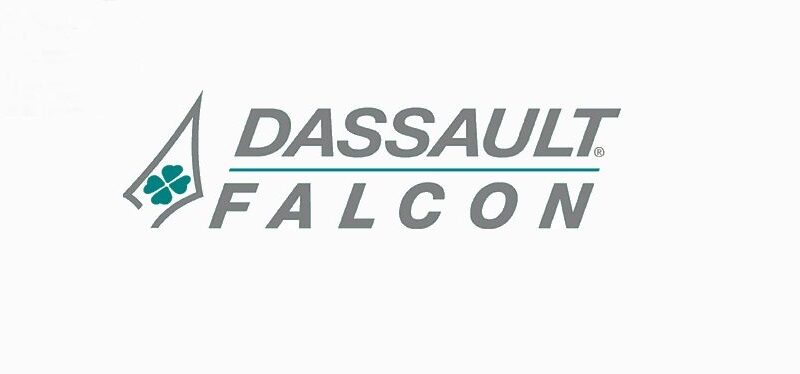Dassault Combined Vision System nears certification on Falcon 8X

News Release;
October 31, 2016 (Orlando, Florida): Dassault Aviation’s revolutionary FalconEye Combined Vision System is approaching approval on the new Falcon 8X ultra-long range trijet currently entering into service.
Nearly four out of five Falcon 8X customers have signed up for the FalconEye option.
First introduced at the 2015 NBAA Business Aviation Convention & Exposition in Las Vegas, Nevada, FalconEye was recently certified for use on the Falcon 2000S and LXS twinjets following completion of an exhaustive two-year test and development campaign.
Dassault’s FalconEye Combined Vision System is the first HUD to blend synthetic, databasedriven terrain mapping and actual thermal and low-light camera images into a single view, providing an unprecedented level of situational awareness to flight crews in all conditions of operation, including fog, mist, snow and other severe weather conditions, day or night.
FalconEye is equipped with a fourth-generation multi sensor camera that generates very high definition images close to those on a military FLIR. In synthetic vision system (SVS) mode, the camera displays a 30 x 40 degree field of view, one of the widest angles on any HUD, ensuring full coverage of the viewing area with no tunnel vision effects. The Enhanced Vision System function will eventually provide operational credit for bad weather approaches with 100 ft minima, providing a substantial operating benefit.
“Our advanced FalconEye Combined Vision System represents a real technology breakthrough and will provide a unique improvement to aircraft safety and flying capabilities,” said Eric Trappier, Chairman & CEO of Dassault Aviation. “It clearly reflects the technical excellence of our company and its continuing commitment to bringing high value added solutions to our Falcon customers.”
FalconEye is also expected to be certified on the Falcon 8X in dual HUD configuration in 2018. By providing the same information and views heads-up to both the flying and non-flying pilot, the Dual HUD system will improve crew coordination and facilitate pilot training, too.
Long History of HUD Innovations
Dassault has long been a forerunner in the development of modern HUD systems. The first HUD in operational use was installed on Dassault’s Mirage IIIB fighter. The Mirage IIIB HUD paved the way for a long line of design improvements down to the advanced units on today’s Mirage 2000 and Rafale fighter aircraft.
In the early 1970s, the Dassault Mercure, a 150 seat short/medium-range airliner, was the first civil aircraft to be fitted with a head-up display. Associated with a ‘fail passive’ auto-pilot, it allowed approaches in very low visibility conditions that had previously been off limits to civilian pilots.
In 1993, Dassault introduced the first business jet equipped with a head-up guidance system. This HUD, installed like FalconEye on a Falcon 2000, featured the same standardized symbols we’re still familiar with today.
Then with the introduction of the EASy flight deck a few years later came the first business jet with a harmonized head-up and head-down, path-based flight director display. Dassault is still the only business jet manufacturer to offer such a HUD, which permits hand-flown approaches down to CAT III conditions.







